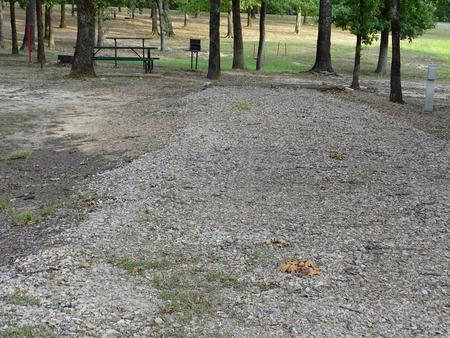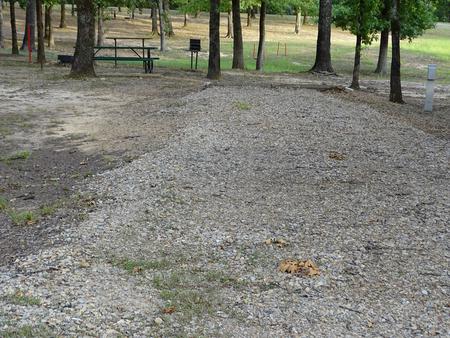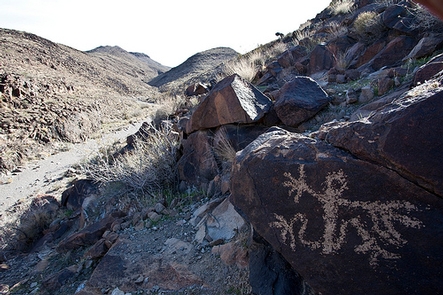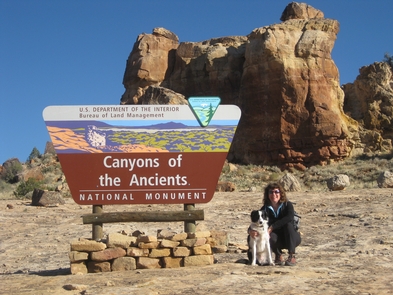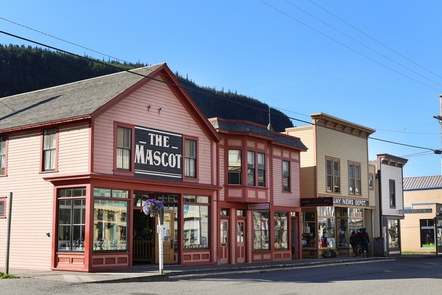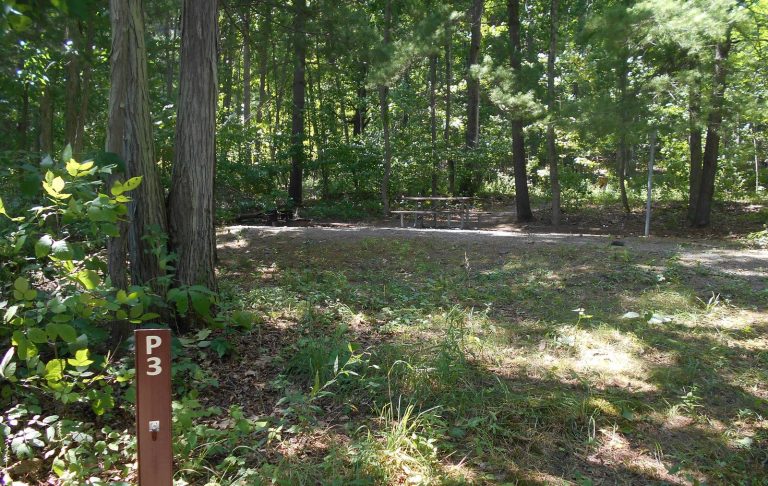Directions
The refuge is very large and is not accessible by road. Visitors travel to the refuge by boat, snowmobile, dogsled, cross-country skis, or small aircraft. Environmental conditions can be challenging to those unfamiliar with the Arctic. Advance planning for a visit is essential.
A trip to the Selawik Refuge usually begins by traveling via daily jet service from Anchorage to Kotzebue, Alaska. Kotzebue is not accessible by road from other parts of Alaska. It is the location of the refuge headquarters and the aircraft hub for the many smaller villages in the Northwest Arctic Borough. From Kotzebue, it is possible to take a chartered flight into the refuge or a scheduled flight into a nearby village. Air taxi operators in Kotzebue fly visitors to remote locations for hunting or fishing trips, hiking, and other backcountry activities. Selawik Refuge Headquarters 160 Second Avenue P.O. Box 270 Kotzebue, Alaska 99752
Phone
907/442 3799
Activities
WILDERNESS
Camping Reservations
Reserve your campsite at these camping areas:
Hiking Trails
Looking for nice hiking areas to take a hike? Choose from these scenic hiking trails:
Related Link(s)
Selawik National Wildlife Refuge
The Selawik Wilderness now contains a total of 240,000 acres and is managed by the Fish & Wildlife Service’s Selawik National Wildlife Refuge. All of the Wilderness is in the state of Alaska. In 1980 the Selawik Wilderness became part of the now over 110 million acre National Wilderness Preservation System.
The 2,150,000-acre Selawik National Wildlife Refuge begins at the east end of Kotzebue Bay where the Bering Land Bridge once connected North America to Asia. Here, on land that once felt the tread of the woolly mammoth, you’ll find evidence of the migrations of people, wildlife, and plants that once crossed freely between the landmasses. An estimated 400,000 caribou winter here now, the Western Arctic herd feeding on the lichen-covered foothills. Moose, bears, and smaller furbearing animals are plentiful.
Selawik’s most prominent feature is an extensive system of tundra wetlands lying between the Waring Mountains and the Selawik Hills, nesting ground for hundreds of thousands of waterfowl, including birds from six continents. Asiatic whooper swans nest in Selawik and nowhere else in North America. Eskimo curlews, now considered extinct, once flew here and, perhaps, still hide in the great open distances. Yes, this is a bird-watcher’s paradise.
Straddling the Arctic Circle, the refuge holds thousands of lakes, ponds, rivers (including the Kobuk and Selawik Rivers), river deltas, streams, and estuaries. Rafters regularly float all 168 miles of the Wild and Scenic (but gentle) Selawik River, which runs from the Purcell Mountains in the far eastern portion of the refuge to broad, shallow Selawik Lake. Winds may be fierce on the lake. Fishermen can try for tons of fish (sheefish, char, grayling, pike, burbot) in the rivers. Although camping is generally unrestricted, approximately 2,000 native Alaskans reside on inholdings in the refuge, living primarily a subsistence lifestyle. Dry campsites are few and far between.
A “small” strip of land in the northeastern section of the refuge has been designated Wilderness. You’ll find no trails, no roads, no assistance if you need help, millions of mosquitoes in summer, and severe cold in winter.

